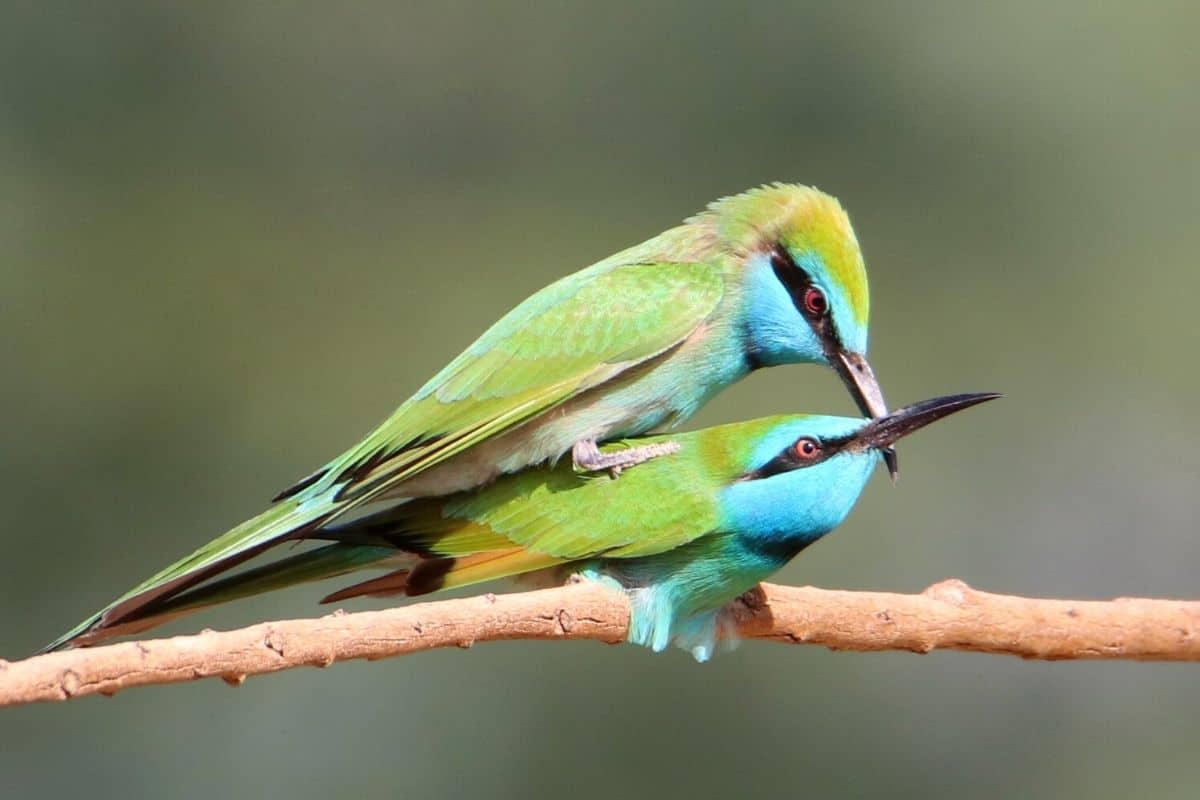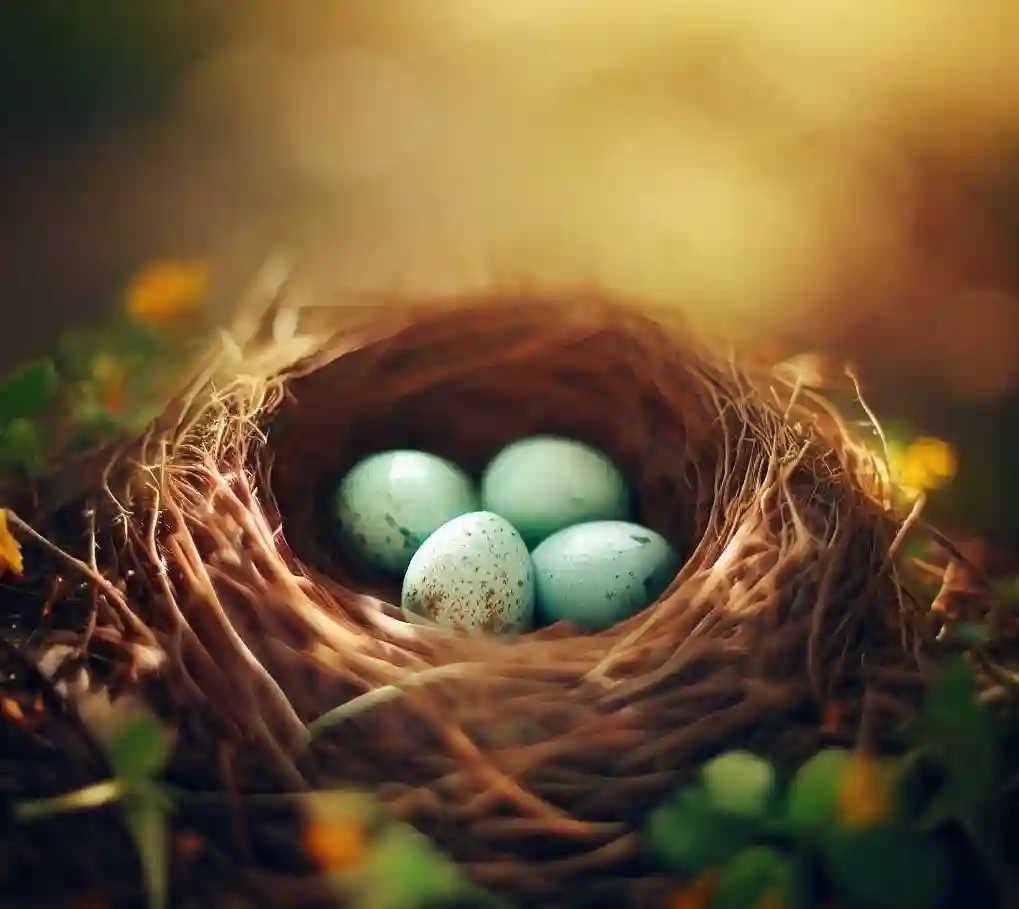Yes, most bird species lay their eggs in spring as it’s a time when nesting conditions are optimal. Spring months are usually a time when plants and insects become abundant which means that birds have an abundant food supply for their chicks.
The warmer temperatures also provide a stable environment for eggs to mature. However, not all bird species follow this pattern. For instance, some birds like penguins breed and lay eggs during winter months when temperature and weather conditions are optimal for their survival.
Knowing when birds lay their eggs can help bird watchers and environmentalists keep track of how bird populations are doing. It can also assist bird conservationists with planning and implementing measures to preserve and protect the birds’ natural habitats.

Credit: birdingoutdoors.com
The Science Of Egg Laying
Birds are fascinating creatures who have always intrigued us with their unique attributes. One of the most fascinating things about birds is the way they reproduce and lay eggs. Spring is the time of the year when we tend to see a lot of bird eggs around us, but do birds lay eggs only in spring?
In this blog post, we’ll explore the science of egg-laying in birds, including how their hormones and environment activate their reproductive system, the egg formation process, and the factors that affect egg production.
The Brain-Body Connection: How Birds’ Hormones And Environment Activate Their Reproductive System
Birds have a very complex reproductive system that involves the intricate interplay of hormones and the environment that surrounds them. When the days start getting longer in the spring, birds’ pineal glands, located in their brains, start producing more hormone called melatonin.
This hormone triggers the release of gonadotropin-releasing hormone (gnrh), which in turn activates the bird’s pituitary gland. This gland releases follicle-stimulating hormone (fsh) and luteinizing hormone (lh), which then stimulate the ovary to start producing eggs.
Apart from these hormonal changes, factors like temperature, food availability, and light exposure can also influence birds’ reproductive system. For example, birds that live in areas with lots of daylight hours and warmer temperatures are more likely to start laying eggs earlier in the year than those living in cooler and darker areas.
Similarly, birds that have access to highly nutritious food are more likely to lay eggs than those that are malnourished.
The Egg Formation Process: From The Yolk To The Hard Outer Shell
Once the reproductive system of a bird is activated, the process of egg-laying begins. The egg formation process takes around 24 to 26 hours and involves a series of complex physiological and biochemical processes. Here are the steps involved in the egg formation process:
- The yolk: The yolk is produced in the ovary and contains the nutrients that will support the developing embryo.
- The chalaza: This rope-like structure holds the yolk in place inside the egg.
- The albumen: This is the egg white that provides cushioning and protection to the developing embryo.
- The shell membrane: The shell membrane is a protective membrane that covers the albumen.
Eggshell:
- The eggshell: The eggshell is produced last and provides both physical and chemical protection to the developing embryo.
Factors Affecting Egg Production: Age, Health, And Nutrition
Several factors can affect the egg production process in birds. Some of the key factors include:
- Age: Younger birds usually lay smaller and fewer eggs than older birds.
- Health: Birds that are healthy are more likely to lay eggs than those that are not.
- Nutrition: Birds need a balanced and nutritious diet to produce healthy eggs. A diet that is high in protein and calcium is especially important.
Birds do lay eggs in the spring, but the process of egg-laying is not limited to this season alone. Understanding the science of egg-laying in birds helps us appreciate these creatures even more and allows us to better protect and conserve their habitats.
Egg Laying Behavior In Different Bird Species

Bird Egg-Laying Behavior In Different Species
Spring is the season renowned for fresh blooms and chirping birds. If you’ve ever wondered if birds lay eggs in spring, then this is the perfect read for you. In this blog post, we will explore the egg-laying behavior of various bird species, such as songbirds, waterfowl, and birds of prey, during the spring season.
Songbirds: Nest Building, Egg Incubation, And Chick Rearing
Songbirds are known for their beautiful melodies and their signature ability to construct exquisite nests. When spring arrives, songbirds begin pairing and building nests for the breeding season.
The process of incubating eggs for songbirds usually includes both the male and female taking turns to keep the eggs warm and protected. During this period, they carefully monitor the eggs’ temperature and humidity to ensure proper development.
Once the eggs hatch, the parents take on an entirely different role, chick-rearing. They take turns caring for and feeding the chicks to ensure they grow up healthy.
Waterfowl: Mating Rituals And The Role Of Monogamy In Egg Incubation
Waterfowl, such as geese and ducks, generally practice social monogamy and initiate elaborate mating rituals when spring rolls around. Following the mating process, these birds start laying eggs.
Unlike songbirds, female waterfowl perform solitary incubation duties because the males are off feeding. It’s interesting to note that some species of waterfowl are known to form communal nests and share the duties of incubation.
Birds Of Prey: Unique Egg-Laying And Incubation Strategies
Birds of prey, such as eagles and hawks, are unique when it comes to egg-laying and incubation strategies. These raptors do not start nesting until early spring, and egg-laying occurs about a week after the nest has been built. Interestingly, each egg is laid approximately two to five days apart, ensuring that each chick hatches at a different time.
Egg incubation for birds of prey lasts about 28 days, and during this time, the female performs most of the incubation duties while the male goes out to search for food. When the eggs hatch, both parents take on the role of chick-rearing until they are old enough to fly.
Spring is a crucial time for bird species as they start mating and laying eggs. Different bird species exhibit unique egg-laying and incubation strategies, and understanding these is crucial to their success. Understanding bird behavior during the breeding season will help bird enthusiasts and nature lovers alike appreciate and protect our feathered friends.
Frequently Asked Questions: Do Birds Lay Eggs In Spring
Why Do Birds Lay Eggs In Spring?
Birds lay eggs in the spring because the weather is milder, food is abundant, and daylight hours increase.
What Happens If Birds Lay Eggs In Other Seasons?
If eggs are laid in other seasons, chances of survival decrease due to factors such as weather or food scarcity.
Conclusion
Birds laying eggs in spring is a natural phenomenon that ensures the continuation of their species. Springtime provides the right temperature, moisture, and cover for their eggs to hatch successfully. The process of laying eggs in the spring is not just limited to a specific type of bird, but it’s common among several species.
Some birds may even breed more than once during this time, which increases their chances of successful reproduction. Understanding how birds behave during the spring season can help us appreciate the beauty of nature and its intricate cycles. As we admire the vibrant colors of blooming flowers, let’s also take a moment to appreciate the incredible journey of these feathered creatures.
We hope that this article has provided you with useful insights and has satisfied your curiosity about why birds lay eggs in spring.
